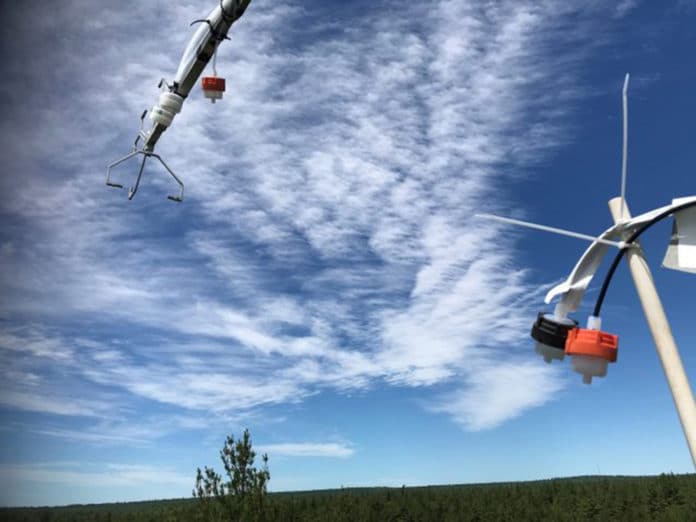Mercury in any form is poisonous, with Mercury toxicity most commonly affecting nature. The amount of mercury contamination in a given area depends on how much mercury is released from local, regional, national, and international sources.
The health effects of mercury on the human body can be very severe and subtle. High mercury toxicity levels have caused increases in several types of tumors.
The total global amount of mercury deposited to land is estimated at 1,500 to 1,800 metric tons per year. It may be more than double.
A new study on Massachusetts forest suggests that toxic mercury may be deposited in forests across the globe in much greater quantities than previously understood.
This mercury accumulates in soils and ultimately runs off into streams and rivers, ending up in lakes and oceans.
Scientists measured how mercury in the atmosphere gets deposited at Harvard Forest in Petersham, Mass. The study duration was of 16 months.
They used instruments and placed them at various heights on the forest’s 100-foot-tall research tower for the study. The instruments tracked how mercury gets deposited from the tree canopy to the forest floor.
It was found that three-quarters of the deposition came from mercury in its gaseous form—five times more prominent than that stored by rain and snow and three times greater than that kept through litterfall, in which mercury is transferred by leaves falling to the ground.
Lead author Daniel Obrist of the University of Massachusetts, Lowell, said the study is the first to fully examine how mercury in the atmosphere is deposited at any rural forest. Trees take up gaseous mercury from the atmosphere through their leaves, and as plants shed their leaves or die off, they transfer that atmospheric mercury to the ecosystems.”
Study coauthor Roísín Commane, an atmospheric researcher at Columbia University’s Lamont-Doherty Earth Observatory, said, “By measuring trace gases from the top of the canopy to the forest floor, we can understand how those gases move within the forest and where the various gases are taken up and emitted.”
Other contributors to the study include students from UMass Lowell and Columbia; and collaborators from Harvard University; the Desert Research Institute in Reno, Nevada; the Northwest Institute of Eco-Environment and Resources; and the University of the Chinese Academy of Sciences in Lanzhou. The U.S. National Science Foundation supported the study; additional research support came from the U.S. Department of Energy.
The study appears this week in the Proceedings of the National Academy of Sciences.
